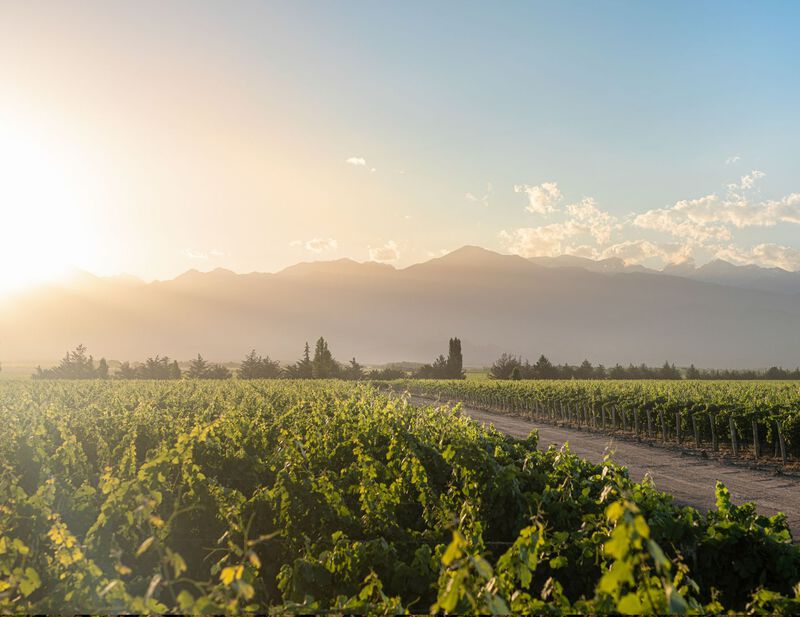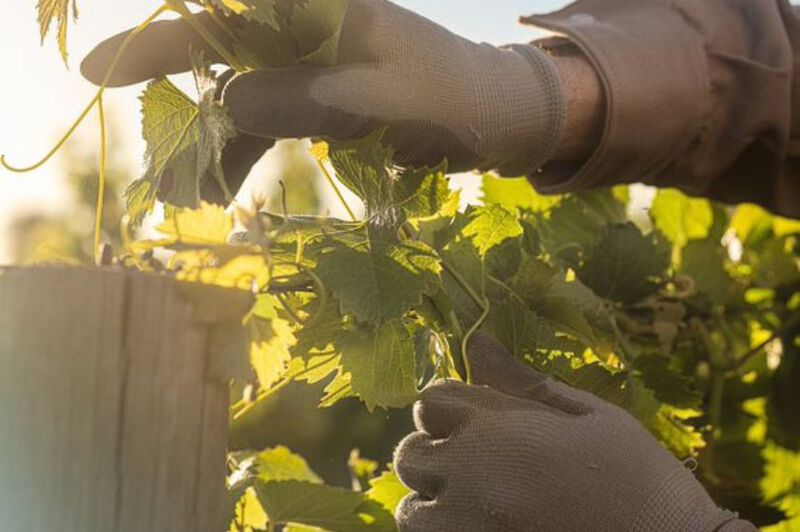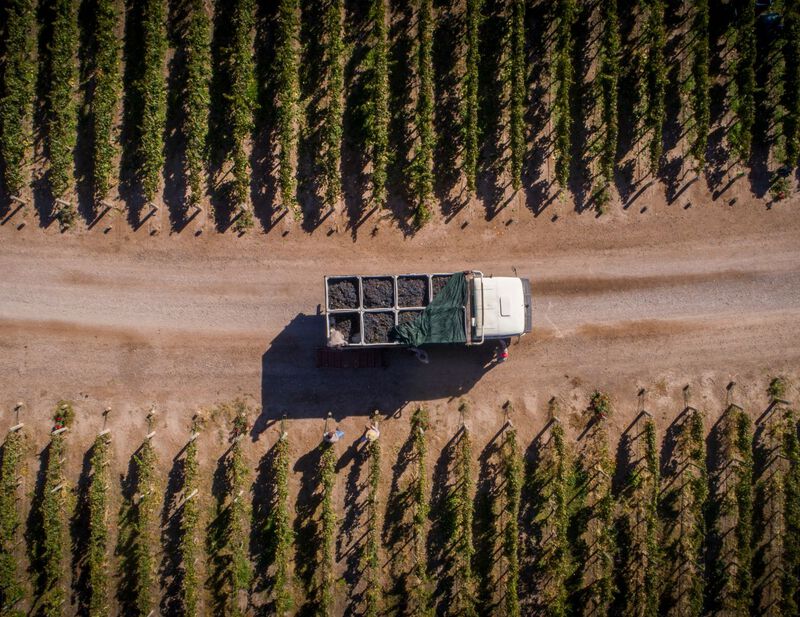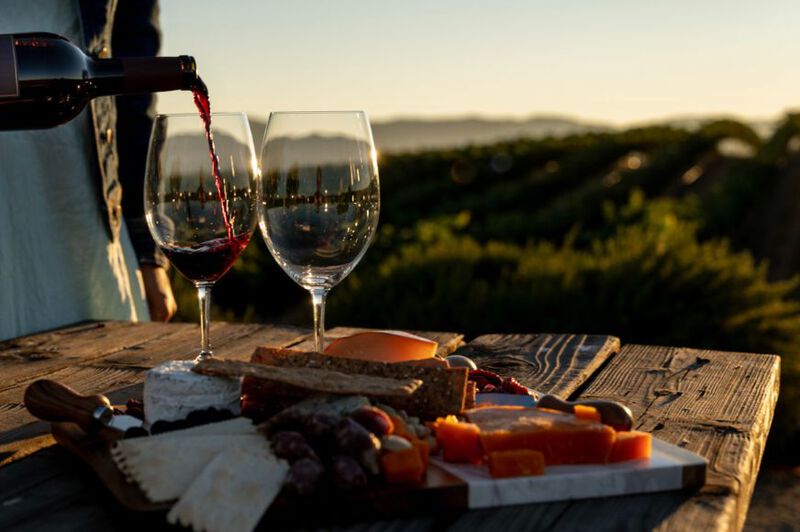
Parce Rum 12-Year Aged
Rum
Spirits Explained
Holly Shaw, DipWSet, ReserveBar Wine Contributor
As the parent of three young children, an invitation to “learn more” about wine by spending a few weeks in Burgundy during harvest sounded too good to be true. The truth is I never worked harder than the few weeks I spent harvesting grapes in Burgundy. I’ll never forget my time spent in the vineyard, the winery, and the incredible wine I drank in the early hours of the morning while checking barrels and fermentation. While I wish every person reading this could experience a vineyard harvest firsthand, I realize that’s not possible, so I present this small piece as an overview.

A vineyard that has reached its peak is a stunning scene. Harvest is the main focus of a vineyard in Autumn; it’s the time when the grapes in the vineyard are ripe, picked, and brought into the winery. The vines lined in neat rows will signal readiness with hanging fruit, swollen and ready to be picked. The serene land will be bustling with harvest workers, all busy picking, pruning, and keeping an eye on the ripened grapes. It’s an exciting time and the start of that wine you love. In the Northern hemisphere, harvest in fall is considered to be August through October, and in the Southern Hemisphere, it’s February through April. Harvest lasts from a few weeks up to three months. The length is determined by a multitude of factors, such as what grape varietals are in the vineyard, the style of wine being produced (sparkling, still, or late harvest), and the sugar ripeness (Brix).
Banfi in Italy explained that their harvest lasts ten weeks and generally finishes around October 21. As you can imagine, a great deal can go wrong in that time frame, including excessive heat that can lead to vine deaths, hailstorms that can strip berries off the vines, and cold, wet weather that can hinder the final ripening stage.

As you approach the end of the ripening season, the vine growth will slow down, and the vineyard manager or winemaker will watch what is known as the canopy. The canopy is the vine above the ground and regulates the amount of sun or shade the grapes receive. This is an important process before and during harvest. A few issues will be watched as the grapes become ripe such as animals, birds, drought, fire, and rot or mold.
Toward the end of the growing season, the winemaker will taste the grapes and test them by bringing them into a laboratory on-site or sending them out to be tested. Modern winemaking advancements have been supremely helpful, but mother nature still ultimately rules the process. Sample berries are pressed, and the juice is analyzed for sugar, acidity, and pH (pH is a measurement of the concentration of the active acidity). There’s no limit to sampling, and larger wineries can test beyond the basics of sugar and acidity. At the end of the day, this doesn’t guarantee an award-winning wine but will give the winemaker an idea of when to pick and ensure the grapes are ripened to the desired style.

Now for the fun part: getting those grapes off the vines! Some wineries will hire pickers for the harvest, while others will ask every cousin, aunt, uncle, friend, and acquaintance to help.
The harvest itself is back-breaking work. If you get a chance to look at pictures, you might never volunteer to help at a harvest. In general, harvesters spend their time bending over the vines with clippers, plucking grapes, and dropping them (hopefully delicately) into baskets or buckets. Some will use machines for picking — more on that later. In places like the Douro Valley and parts of Germany, pickers will be on very steep slopes in extremely precarious situations. In places like Napa, Central California, and parts of Australia, grapes will be picked overnight to avoid the heat and sun and put in temperature-controlled trucks in some locations for transport.
Every vineyard varies in terms of topography, steepness, row width, and legal requirements for picking. The choice of mechanical harvesting versus handpicking plays an important role. Typically, handpicking is done in steep vineyards and for higher-end wines in certain regions. Australia almost exclusively machine harvests in comparison to Italy, where machine harvesting is only around 10 percent. In one hour, a machine can pick the equivalent of what it will take five people one full day to pick, but perhaps with less care and precision.
Once the vines are stripped of the beloved grapes, the vineyard looks bare, and the winery will begin to prepare the vines for the next harvest. This is the last and final stage of Fall, but not at all unimportant. Decisions about pruning and soil will set up next year’s crop for success, and lessons learned from this year will start to influence next year's bounty.

Celebrating harvest is a time-honored tradition and is unique to each winery. Parties, dinners, elaborate lunches, or toasting champagne is common. In some European countries, Bacchus (aka Dionysus, the god of wine) will await you and be celebrated. If you want to join a fun harvest celebration, travel to La Rioja for the harvest festival called Feria de San Mateo. It lasts one week, starting on September 21, and you can watch or join in as harvesters jump into big barrels full of grapes and stomp around. If you want to really earn your wine calories, enter the Marathon du Medoc in France, where you can run a marathon dressed as grapes and leaves and sample Bordeaux along the way!
However harvest is celebrated, winemakers breathe joyful relief as they complete another year and harvest. The elation of the vines being bare is bittersweet because each year brings its own unique challenges and triumphs. They will now anxiously await the finished product of all that hard work.
It’s no secret that Autumn is the time of harvest and bounty. If you ever find yourself with an opportunity to witness this flurry of activity on a working vineyard, I urge you to observe and appreciate it with all of your senses. There aren't very many places more beautiful and soul-filling than a vineyard at harvest.
Starting at $89.99
Starting at $49.99
Starting at $69.99
Starting at $100.00